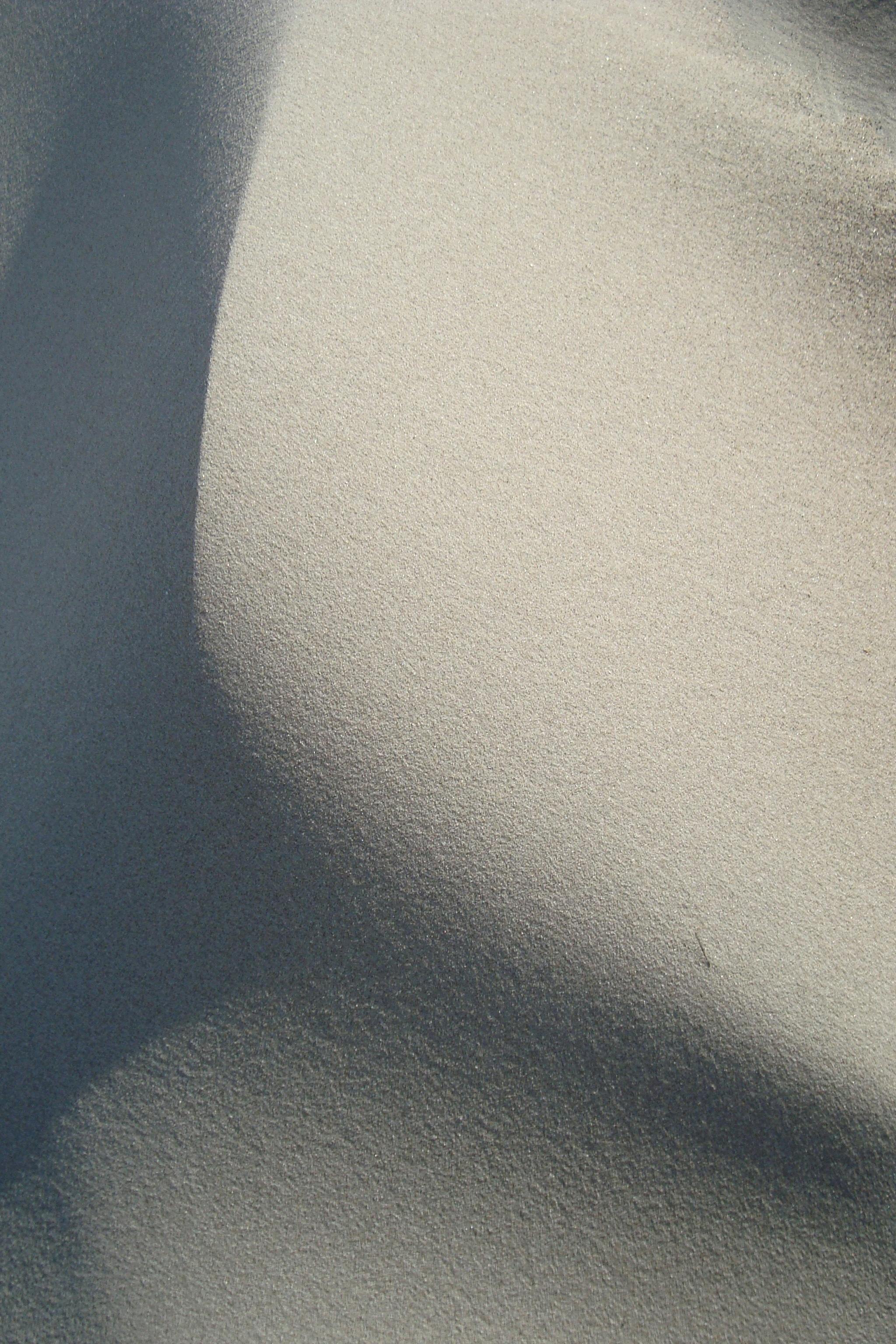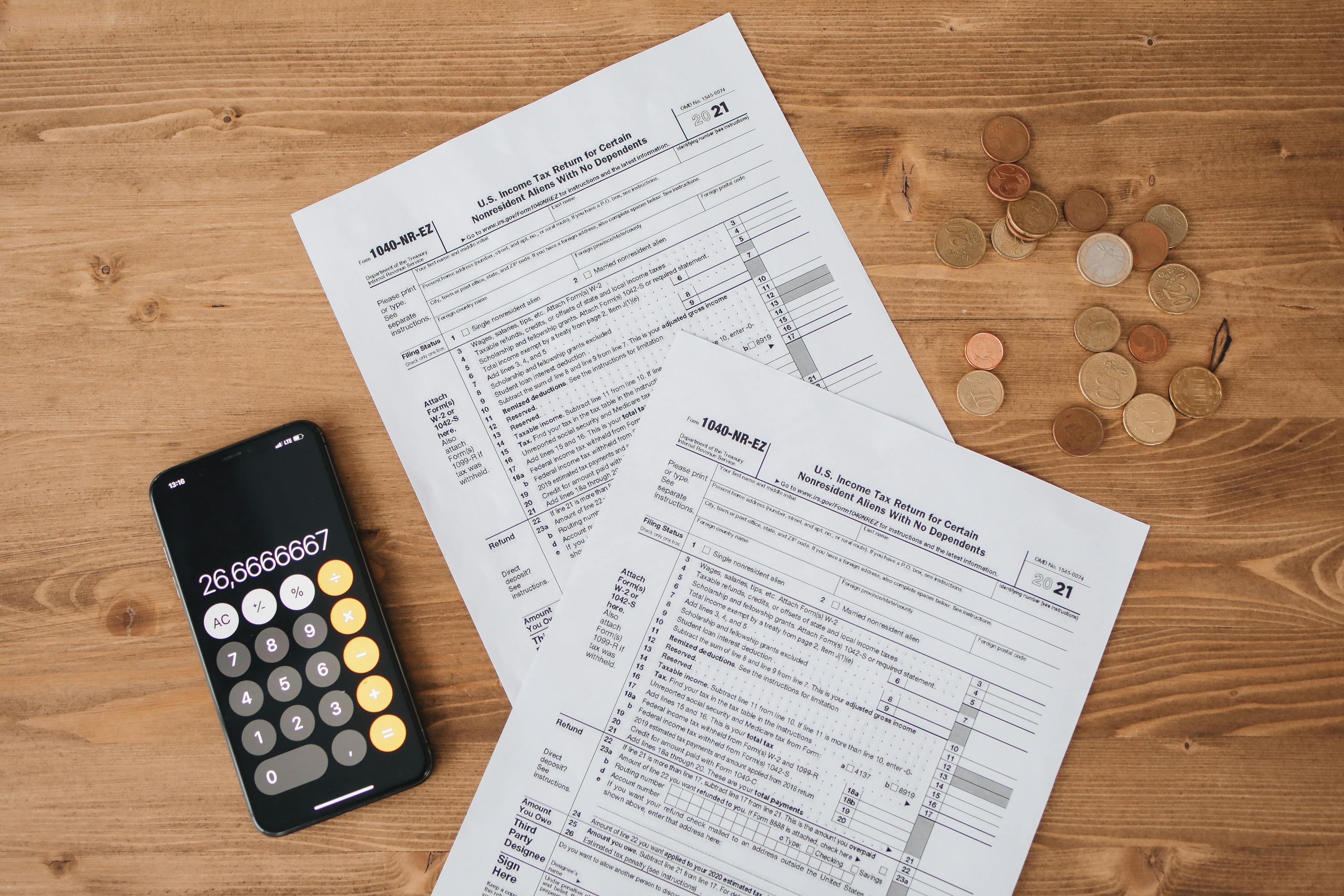Effective Ways to Plant a Mango Seed and Achieve High Yields in 2025

Essential Guide to Planting a Mango Seed for Successful Growth in 2025
Mangoes, known for their delicious sweet flavor and rich nutritional benefits, are favorites among fruit lovers worldwide. Planting a mango seed is not just a gardening project; it's an opportunity to nurture a tropical wonder that can bear fruit for years to come. This guide breaks down the essential processes of how to plant a mango seed successfully, helping you understand the complexity of mango seed care and growth.
In this article, we will cover the critical steps involved in mango seed planting, including soil requirements, watering techniques, and germination tips. Additionally, we will explore the best conditions for growing mangoes, common issues, and how to maintain healthy seedlings. Let's dive deep into the amazing world of mango cultivation.

Understanding Mango Seeds and Their Characteristics
Building on the idea of nurturing a mango seed, it's crucial to understand what makes mango seeds unique. The characteristics of a mango seed play a significant role in its growth. Proper seed selection can lead to healthier plants and better fruit yield.
Choosing the Right Mango Seeds
When embarking on your mango germination journey, selecting quality seeds is vital. Not all mango varieties are equal in terms of flavor, growth rate, and resistance to pests. Commonly recommended mango varieties for planting include 'Haden', 'Tommy Atkins', and 'Kent'. Take the time to research the right variety suited for your climate and anticipated mango fruit development.
Mango Seed Preparation Methods
Preparation is critical to successful mango seed planting. Before planting, rinse the seed to remove its fruity residue, which could attract pests. A key tip is to allow the seed to dry for a day before proceeding with germination. This drying process helps minimize fungal growth and enhances health.
Common Mango Seed Issues
It’s not uncommon to encounter problems during the mango seed germination phase. Some common issues include poor germination rates, pest infestations, or diseases affecting the seed. Monitoring the seed's health and addressing any issues immediately will significantly increase the chances of successful sprouting.
Optimal Conditions for Mango Seed Growth
With these fundamentals established, let's discuss the optimal conditions that will make your mango seeds thrive. Understanding the climate needs and the necessary environmental factors can lead to a more robust mango plant.
Mango Seed Sunlight and Temperature Needs
Mango seeds require direct sunlight for optimal growth. Ideally, they need around 6-8 hours of sunlight daily. The ideal temperature range for sprouting mango seeds is between 70°F to 85°F (21°C to 29°C). These warmth levels promote germination and growth, providing a solid foundation for future plant health.
Humidity and Watering Schedule
Humidity plays a crucial role in mango seed care. An ideal humidity level is around 50-60% to avoid seed desiccation. In terms of watering, a regular schedule is important; water the seeds lightly but ensure the soil does not become overly saturated. Monitoring the moisture levels will ensure healthy growth and prevent rot.
Soil Requirements for Planting Mango Seeds
The best soil for mango seeds should be well-draining yet nutrient-rich. A mix of loamy soil for mango growth that contains organic matter, such as compost, is recommended. This mixture not only provides essential nutrients but also facilitates better drainage, preventing waterlogging during watering intervals.
Watering Techniques and Care for Mango Seedlings
Now that we've covered what makes a suitable environment for mango seeds, let’s delve into specific watering techniques and the overall care for your mango seedlings. Proper post-germination care is essential for healthy plant growth.
Efficient Watering Techniques for Mango Seeds
Understanding effective watering methods can dramatically affect your mango seedling's health. Water your seedlings only when the top inch of the soil feels dry. Overwatering can lead to root rot, whereas underwatering stresses the plant, delaying its growth. Efficient watering schedules can help maximize mango yield.
Fertilizing Mango Seedlings
Incorporating fertilizers into your seedling care routine can yield robust growth. Use organic fertilizers rich in nitrogen, phosphorus, and potassium to encourage strong root development. A general guideline is to apply fertilizers every 4-6 weeks during the growing season, ensuring a steady supply of essential nutrients.
Managing Mango Plant Pests
Maintaining a pest-free environment is fundamental in ensuring healthy mango plant growth. Common pests include aphids and whiteflies, which can stunt plant growth. Employing natural pest management strategies, such as introducing beneficial insects or using organic pesticides, can safeguard your investment in mango cultivation.
Transplanting Mango Seedlings: Transition to Outdoor Growth
As your seedlings flourish, transplanting them to an outdoor environment should be considered next. Proper timing and methods can significantly impact the success of your mango tree’s growth stages.
Transplanting Techniques and Timing
Transplant when the mango seedlings are at least 6-8 inches tall, typically taking 4-8 weeks after germination. Choose a sunny spot with well-draining soil for planting mango outdoors. Dig holes that are about twice the size of the seedling's root ball to ensure sufficient room for development.
Mango Plant Life Cycle and Growth Monitoring
Monitoring your mango seedlings' growth is critical. The mango plant life cycle consists of various stages, from seedling to maturity. Keep track of growth by measuring height and observing leaf development. Regular monitoring provides insights for necessary adjustments in care or transplanting schedules.
Special Considerations for Indoor Mango Tree Cultivation
For urban gardeners, growing mangoes indoors is an enticing option. Use pots with adequate drainage and ensure they receive plenty of sunlight. In indoor settings, maintain consistent temperature and humidity levels to mimic ideal outdoor conditions for optimal mango seed growth.
Common Challenges in Mango Cultivation and Solutions
Adopting mango propagation techniques can occasionally pose challenges. Understanding potential issues allows you to troubleshoot effectively and enhance your mango planting experience.
Mango Seed Diseases and Their Management
Various diseases can afflict mango seeds and seedlings. Fungal infections are common; hence employing preventive measures such as rotating or using resistant seed varieties is vital. If diseases occur, consult resources or gardening experts to implement effective treatment protocols.
Disability in Mango Plants: Tips for Care
Sometimes, mango plants may display stunted growth or other disabilities. Identifying underlying causes, whether nutritional deficiencies or pest issues, can lead to effective interventions. Regularly check plants and respond to any signs promptly to ensure robust development.
Implementing Sustainable Gardening Practices
Using sustainable gardening practices, such as organic fertilizers and companion planting, enhances mango cultivation's ecological footprint. Keeping an eye on your local environmental conditions can also provide insights into optimizing your mango seed ecosystem.
Final Thoughts on Mango Seed Planting and Care
In summary, understanding how to plant a mango seed effectively requires careful attention to various elements, including choosing the right seeds, preparing them properly, and maintaining optimal growth conditions. With dedication and proper techniques, growing mangoes can be a rewarding experience, ensuring a beautiful fruiting tree gardens offer for years to come.
For more detailed insights on mango planting and care, feel free to explore additional resources at this link or venture into related topics at this page.
